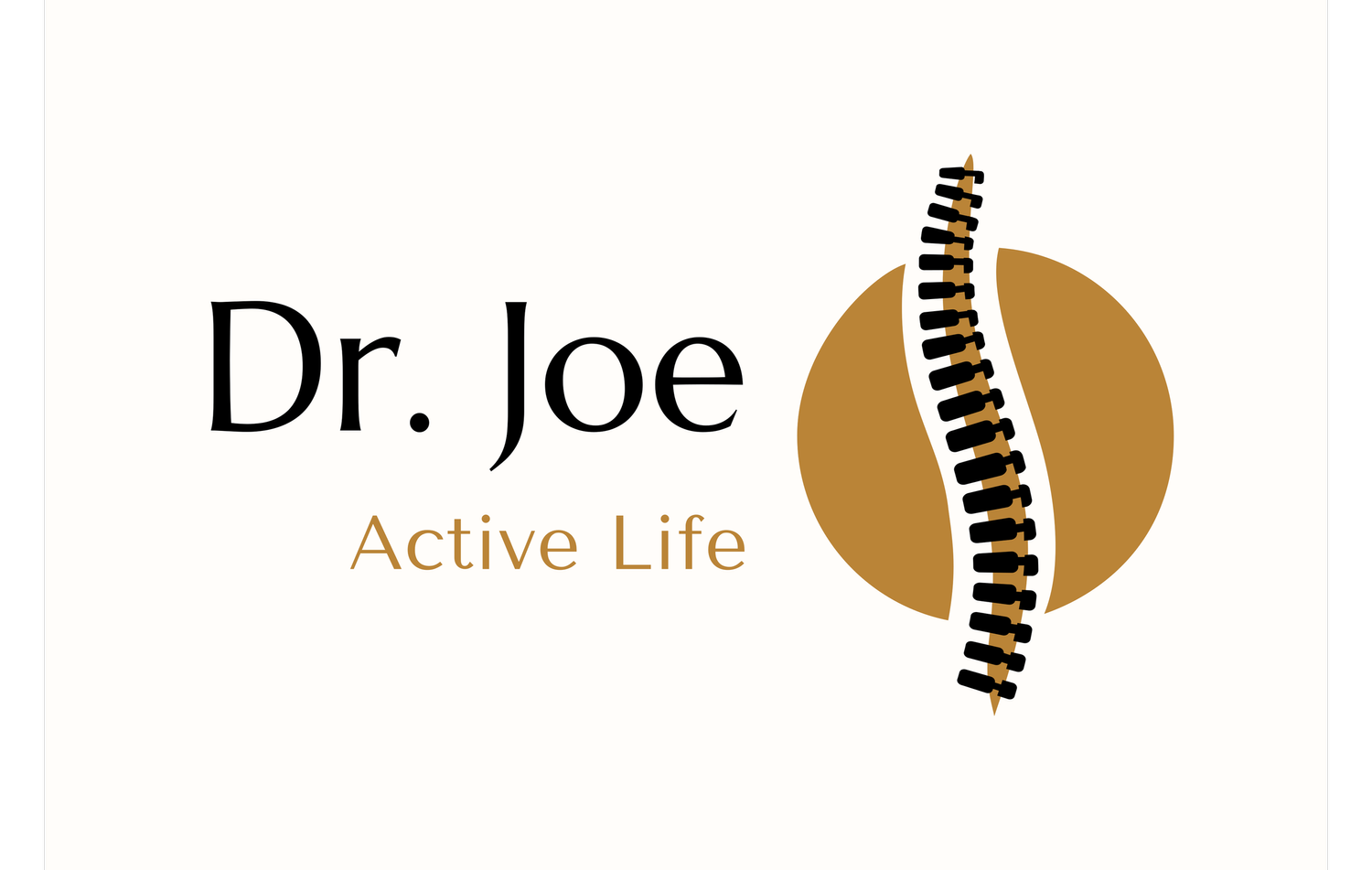“Optimizing Your Stride Length Can Break the Cycle of Chronic Running Injuries, including back and neck pain.”
Running form is not a problem, until it is. I know that sounds off, but let me explain.If you are not having issues with overuse injuries or constantly dealing with niggles, aches, sore spots, then your body has become efficient with your natural form and you should not go changing things. On the other hand, if this sounds like you, a simple change in your stride length can be a game changer.
Your running stride length is a critical, yet often overlooked, component of efficient and injury-free running. It refers to the distance covered with each step you take, and it plays a significant role in how much impact your body absorbs and how efficiently you convert energy into forward motion. Finding your optimal stride length isn't about taking the longest possible steps; rather, it's about finding the sweet spot where your body is working the most effectively, minimizing unnecessary stress and maximizing performance.
Stride length is intrinsically linked to running cadence, which is the number of steps you take per minute. Generally, a shorter, quicker stride (higher cadence) leads to a lower impact force on your joints. This is because a higher cadence encourages your foot to land more directly underneath your center of gravity, reducing the braking forces that occur when you overstride (taking steps that are too long). Overstriding often results in a "heel strike" landing, where the heel makes contact with the ground far in front of the body, creating a significant impact shock that travels up the kinetic chain to your knees, hips, and lower back.
Conversely, a shorter, more frequent stride promotes a midfoot or forefoot landing, which allows your body's natural shock absorbers (muscles, tendons, and ligaments) to dissipate forces more effectively. This reduces the peak impact load on any single joint, thereby significantly lowering the risk of common running injuries such as Runner's Knee (Patellofemoral Pain Syndrome, Shin Splints, Achilles Tendinopathy, Plantar Fasciitis, IT Band Syndrome and even neck pain and lower back pain.
Before you can optimize your stride length, it's helpful to understand your current running habits. You can measure your cadence in two simple ways. Manual counting during a run by counting how many times one foot hits the ground in 30 seconds. Multiply that number by four to get your steps per minute. Many modern GPS running watches and smartphone apps have built-in cadence tracking features. While there's no universally "perfect" cadence, many elite runners hover around 170-180 steps per minute. However, this is a guideline, not a strict rule. Your ideal cadence will depend on your height, pace, and individual biomechanics.
Increasing cadence by taking more steps per minute. Aim for a 5-10% increase in your current cadence as a starting point. Run light and quietly and pay attention to the sound of your footfalls. If you hear a loud slapping sound, it often indicates a heavy heel strike and excessive impact. Strive for lighter, quieter steps, as if you're trying not to wake a sleeping baby. Land under your hips (Midfoot/Forefoot Strike). When your foot lands directly beneath your center of gravity, it minimizes braking forces and allows for a more efficient transition into the next step. Focus on landing with your midfoot or forefoot, rather than aggressively striking with your heel. This is a natural consequence of a higher cadence.
A few other strategies include maintaining a forward lean from the ankles which will keep your forward motion making it easier to turn over quicker and make you more efficient. You can also listen to a 180 beats playlist on Spotify or Apple or even just a plain metronome app set to your goal cadence. Add in running drills like high knees and butt kicks and do them at a fast cadence. Remember to add gradually and don’t force it, listen to your body if it just feels too fast or wrong, dial it back a bit.
Taking the time to understand and gradually adjust your stride length can be a game-changer for your running and your life. It can significantly reduce the risk of common running injuries such as Runner's Knee (Patellofemoral Pain Syndrome), Shin Splints, Achilles Tendinopathy, Plantar Fasciitis, IT Band Syndrome, and even alleviate issues like back pain and neck pain often associated with poor running form.

